Trending Now
Sunday, Nov, 2024
Home / Quacquarelli Symonds (QS) World subject rankings 2023: 44 Indian Programmes Featured in the top 100
Quacquarelli Symonds (QS) World subject rankings 2023: 44 Indian Programmes Featured in the top 100
As per the QS World University Rankings by Subject 2023 released on Wednesday, as many as 44 programmes delivered by Indian higher education institutions in various disciplines have secured positions in the top 100 globally. The previous year, 35 Indian programmes made it to the top 100.
 by Pragti Sharma /
by Pragti Sharma /  23 Mar 2023 17:41 PM IST /
23 Mar 2023 17:41 PM IST /  0 Comment(s) / 261
0 Comment(s) / 261
 World subject rankings 2023- 44 Indian Programmes Featured in the top 100-02.png)
As per the QS World University Rankings by Subject 2023 released on Wednesday, as many as 44 programmes delivered by Indian higher education institutions in various disciplines have secured positions in the top 100 globally. The previous year, 35 Indian programmes made it to the top 100.
For the subject ranking, the Quacquarelli Symonds (QS) ranks institutions based on individual programmes and compares them to other programmes across the globe.
For the QS subject ranking 13th edition, the universities were classified into five broader areas –
- Engineering and Technology
- Arts and Humanities
- Life Sciences and Medicine
- Natural Science, Social Sciences
- Management.
While the rankings cover 54 academic fields, the Indian HEIs have performed excellently in Computer Science, Chemistry, Biological Sciences, Business Studies, and Physics.
The mathematics programme delivered by the Indian Institute of Technology Bombay (IIT Bombay) made it to the global top 100 classifications by achieving the 92nd spot. The electrical engineering programme by IIT Delhi broke into the top 50 categories globally and placed 49th. The same programme proposed by IIT Kanpur made it to the 87th position, featuring in the top 100 categories for the first time.
The QS said Jawaharlal Nehru University (JNU) breaks into the world’s top 100 in Sociology, grabbing 68th place, indicating a rise of 33 positions. The University of Delhi also enters the world’s top echelon in Sociology, in rank 91.
As per the statement, the 11 Institutes of Eminence, including both IIT-Delhi & IIT-Bombay, declared by the government in 2018 for advancement to world-class status comprised 44 percent of the all-around Indian entries (158) this year.
The statement said five and a half years after the beginning of India’s Institutes of Eminence scheme, its universities continue to deliver steady progress in the rankings, with 70 percent of their entries increasing or remaining unchanging.
Among the Institutes of Eminence (IoE), the plurality of the institutes noticed more courses delivered by them gaining places in contrast to slipped ones.
However, in the case of the University of Delhi or Delhi University (DU)- the most representative university from the country, of the 27 programmes featured in the list, seven improved positions, while 12 decreased.
For the second successive year, the dentistry programme delivered by the Saveetha Institute of Medical and Technical Sciences in Chennai achieved the best-performing institution place among Indian institutes and secured 13th rank globally. Last year, it was rated 18th.
The QS said it is the only Indian university to earn a perfect score (100/100) in both Citations per Paper and H Index. The following two highest-ranked universities in these tables are the Indian Institute of Technology Madras (IIT Madras), ranked 21st in Petroleum Engineering, and the Indian School of Mines (ISM) University, Dhanbad, positioned 25th (up one place) in Engineering – Mineral and Mining.
The QS emphasized that, globally, India, which witnessed its research output increase by 54 percent between 2017 and 2022, produces the world’s fourth most research (1.3 million academic papers between 2017 and 2022), behind China (4.5 million), the US (4.4 million) and the UK (1.4 million).
However, in citation count, India crawls far behind. The QS said from 2017 to 2021, India noticed 15 percent of its publications mentioned in top journals. Meanwhile, its nearest competitors in terms of research output volume, the UK and Germany, boast journal citation percentages more than double that, 38 percent and 33 percent, respectively.
According to the process of the rankings shared by the QS, five elements are used to rank universities, including employer reputation research citations per paper, academic reputation, H-index, and international research network. The h-index is a method of measuring both the productivity and influence of the published work of a scientist or scholar. The QS said responses were drawn from over 1,30,000 academics worldwide.

EShort / February 16, 2024
IMS Noida Admissions 2024: Apply for UG, PG programmes

EShort / February 16, 2024
GATE 2024: Response sheet out
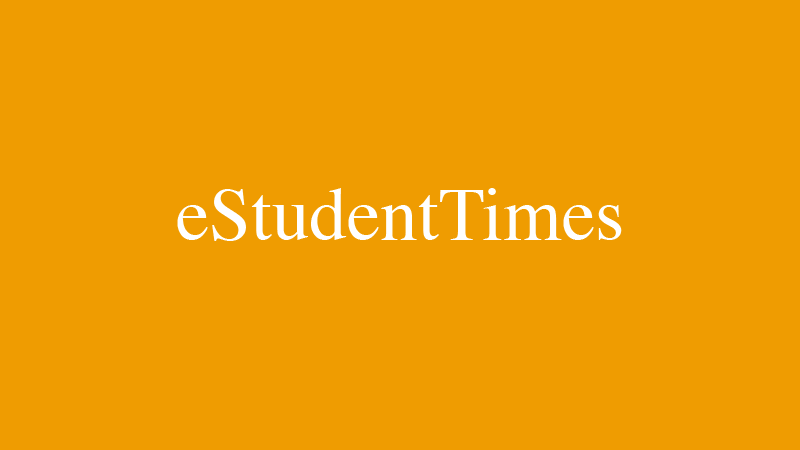
EShort / February 16, 2024
BSSTET 2023: Admit card released

EShort / February 16, 2024
NID DAT 2024: Prelims result released

EShort / February 16, 2024
IIT JAM 2024: Response sheet released

Jobs / February 16, 2024
UPSC Recruitment Drive 2024: Apply for 120 vacancies in various departments

EShort / February 14, 2024
UPSC CSE 2024: Official Notification issued; application process begins

Editor's Desk / April 17, 2020
How Does Society Impact Our Education?

Current Affairs / April 22, 2020
Mr. Sudarsanam Babu appointed to U.S. Science Board.
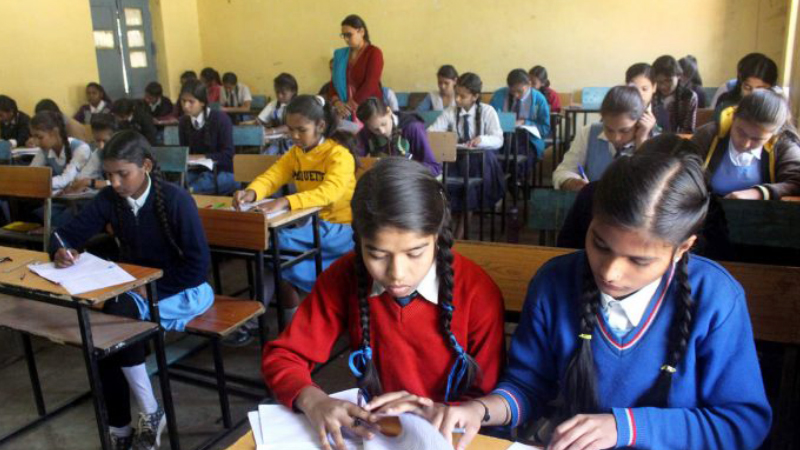
Reforms / April 17, 2020
Traditional Structure of Education In India
.jpg)
Events & Seminars / April 17, 2020
PISA!!
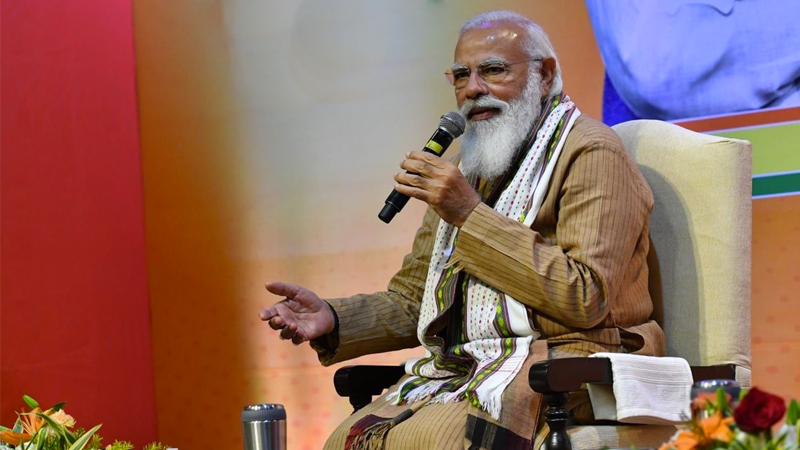
Blog / February 26, 2021
Government's Action On #ModiRojgaarDo
EShort / May 19, 2022
CUET PG 2025 has started the registration process.

Notice Board on Important Dates / April 21, 2020
World Heritage Day

News / July 08, 2021
JEE Mains Registration For Session 3: Last Date To Apply

EShort / December 14, 2021
UPSC Declared Final Result For DCIO Recruitment




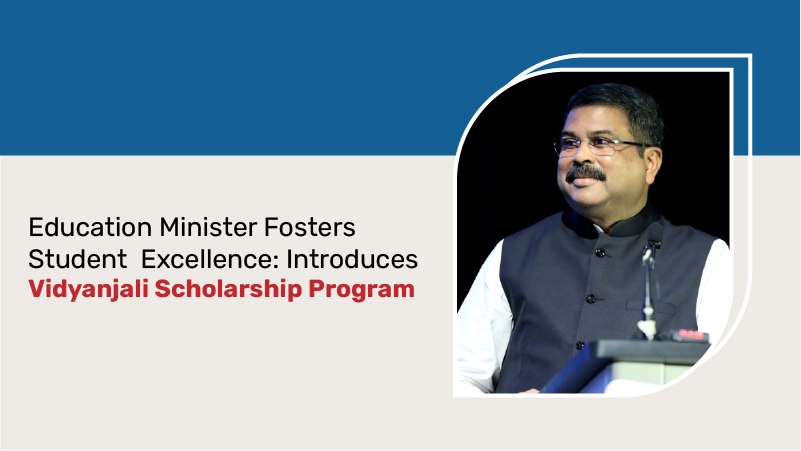








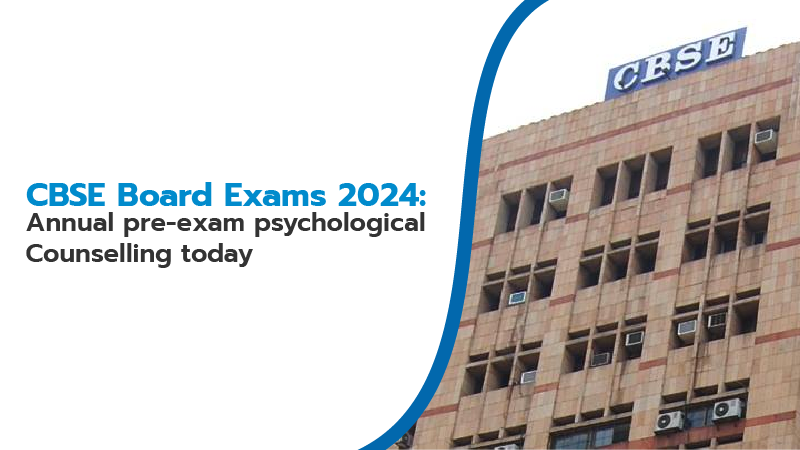





-02.png)




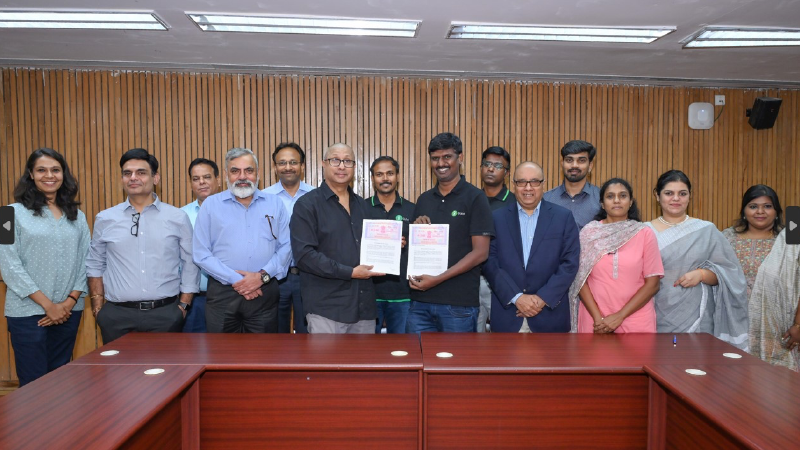
0 Comments
Post Comments